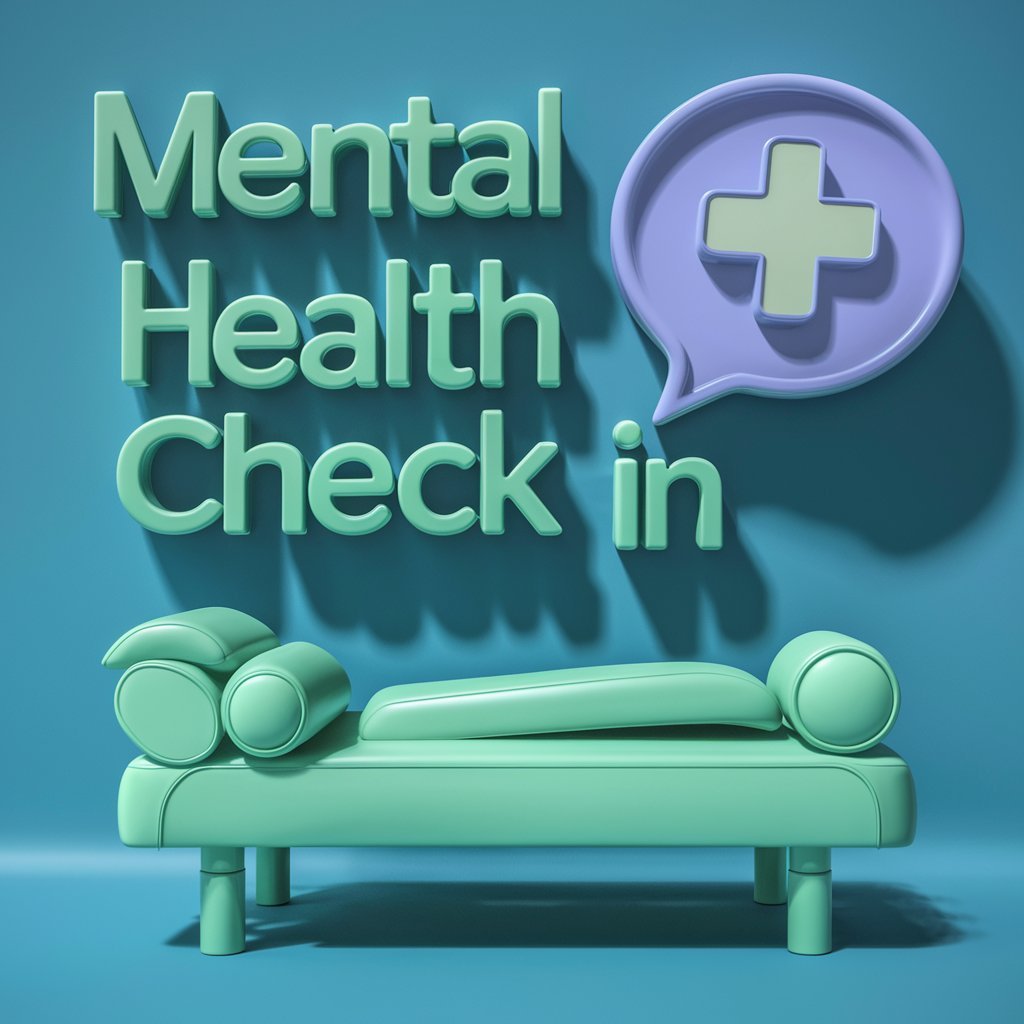Creating a comprehensive safety plan for your home and family is crucial to ensuring the well-being and security of your loved ones. By taking the time to assess potential risks and vulnerabilities, you can develop a plan that will help you be prepared for any emergency situation that may arise. In this article, we will discuss the steps you can take to create a comprehensive safety plan to protect your home and family.
Assess Your Home
The first step in creating a safety plan is to assess your home for potential risks. Walk through each room of your house and identify any hazards that could pose a danger to your family. This may include things like loose wires, uneven flooring, or flammable materials. Once you have identified these risks, take the necessary steps to address them and make your home safer for your family.
Create an Emergency Kit
Next, you should create an emergency kit that includes essential items such as food, water, first aid supplies, and a flashlight. Keep this kit in a designated location in your home so that it is easily accessible in the event of an emergency. Make sure that all members of your family know where the emergency kit is located and how to use its contents.
Develop an Emergency Communication Plan
It is important to have a plan in place for how your family will communicate during an emergency. This may include choosing a meeting place outside of your home where your family can gather in case of a fire or other disaster. You should also have a list of emergency contacts that includes phone numbers for family members, neighbors, and emergency services.
Practice Fire Safety
One of the most important aspects of a comprehensive safety plan is fire safety. Make sure that your home is equipped with smoke detectors on every floor and that they are tested regularly. Develop a fire escape plan that includes multiple exit routes from each room in your home, and practice this plan with your family so that everyone knows what to do in the event of a fire.
Secure Your Home
To protect your home and family from potential intruders, it is important to take steps to secure your property. This may include installing a security system with cameras and motion sensors, as well as reinforcing doors and windows with deadbolts and safety bars. Make sure that all entry points to your home are secure and that your family knows how to use the security system.
Conclusion
Creating a comprehensive safety plan to protect your home and family is an essential step in ensuring their security and well-being. By assessing potential risks, creating an emergency kit, developing a communication plan, practicing fire safety, and securing your home, you can better prepare your family for any emergency situation that may arise. Remember to regularly review and update your safety plan to address any new risks or changes in your home environment.
FAQs
Q: How often should I review my safety plan?
A: It is recommended that you review your safety plan at least once a year to ensure that it is up to date and addresses any new risks or changes in your home environment.
Q: What should I include in my emergency kit?
A: Your emergency kit should include essential items such as food, water, first aid supplies, a flashlight, batteries, a radio, and any medications that your family members may need.





